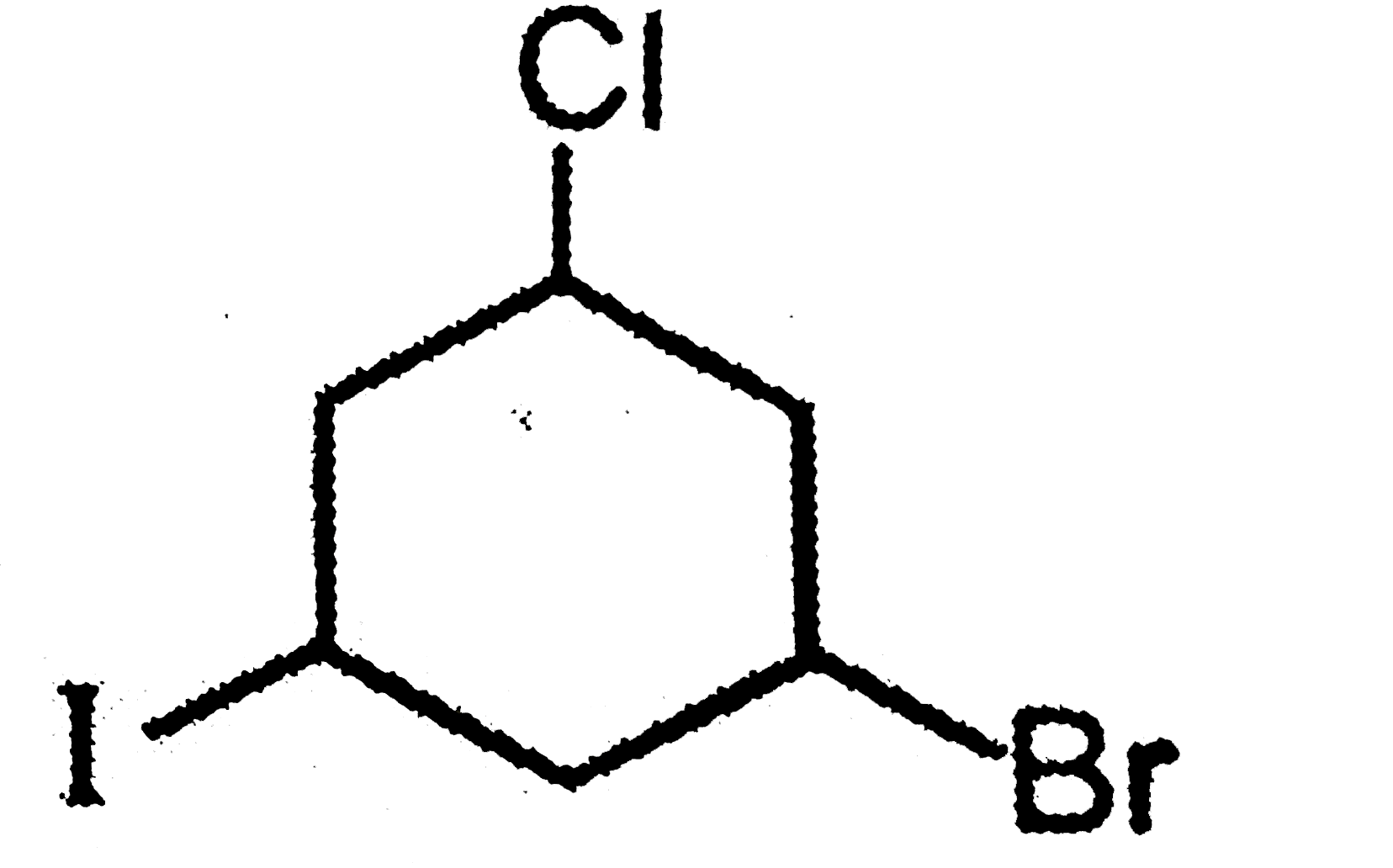Does there exist a geometric progression containing 27,8 and 12 as three of its term ? If it exists, then how many such progressions are possible ?
To determine if there exists a geometric progression (GP) containing the terms 27, 8, and 12, and to find how many such progressions are possible, we can follow these steps:
Step 1: Assume a First Term
Let's assume that 8 is the first term of the GP. We denote this as:
- First term (A) = 8
Step 2: Define the Terms in the GP
Let 12 and 27 be the m-th and n-th terms of the GP, respectively. The general formula for the n-th term of a GP is given by:
Tn=A⋅rn−1
where r is the common ratio.
Step 3: Set Up Equations
Using the formula for the n-th term, we can express the terms 12 and 27 as:
1. For the term 12:
12=8⋅rm−1
Rearranging gives:
rm−1=128=32
(Equation 1)
2. For the term 27:
27=8⋅rn−1
Rearranging gives:
rn−1=278
(Equation 2)
Step 4: Relate the Two Equations
From Equation 1 and Equation 2, we can express rm−1 and rn−1:
- From Equation 1: rm−1=32
- From Equation 2: rn−1=278
Step 5: Establish a Relationship Between m and n
We can express rn−1 in terms of rm−1:
rn−1=(rm−1)27/83/2=(32)27/83/2=(32)2712=(32)94
This implies:
n−1=94(m−1)
Step 6: Solve for n in terms of m
Rearranging gives:
n=94m−54
Step 7: Generalize the Relationship
Let m=k (where k is any integer), then:
n=94k−54
Step 8: Determine the Number of Progressions
Since m can take any integer value k, we can see that:
- For each integer value of k, there exists a corresponding integer value for n.
- This means there are infinitely many pairs of (m,n) that satisfy the conditions.
Conclusion
Thus, there exist infinitely many geometric progressions that can contain the terms 27, 8, and 12.
---
Let's assume that 8 is the first term of the GP. We denote this as:
- First term (A) = 8
Let 12 and 27 be the m-th and n-th terms of the GP, respectively. The general formula for the n-th term of a GP is given by:
Tn=A⋅rn−1
where r is the common ratio.
Using the formula for the n-th term, we can express the terms 12 and 27 as:
1. For the term 12:
12=8⋅rm−1
Rearranging gives:
rm−1=128=32
(Equation 1)
27=8⋅rn−1
Rearranging gives:
rn−1=278
(Equation 2)
From Equation 1 and Equation 2, we can express rm−1 and rn−1:
- From Equation 1: rm−1=32
- From Equation 2: rn−1=278
We can express rn−1 in terms of rm−1:
rn−1=(rm−1)27/83/2=(32)27/83/2=(32)2712=(32)94
n−1=94(m−1)
Rearranging gives:
n=94m−54
Let m=k (where k is any integer), then:
n=94k−54
Since m can take any integer value k, we can see that:
- For each integer value of k, there exists a corresponding integer value for n.
- This means there are infinitely many pairs of (m,n) that satisfy the conditions.
Thus, there exist infinitely many geometric progressions that can contain the terms 27, 8, and 12.
Topper's Solved these Questions
- PROGRESSION AND SERIESBOOK - CENGAGE ENGLISHCHAPTER - PROGRESSION AND SERIESEXERCISE - ILLUSTRATION 5.38
1 Videos
- PROGRESSION AND SERIESBOOK - CENGAGE ENGLISHCHAPTER - PROGRESSION AND SERIESEXERCISE - ILLUSTRATION 5.39
1 Videos
- PROGRESSION AND SERIESBOOK - CENGAGE ENGLISHCHAPTER - PROGRESSION AND SERIESEXERCISE - ILLUSTRATION 5.36
1 Videos
- PROBABILITY IIBOOK - CENGAGE ENGLISHCHAPTER - PROBABILITY IIEXERCISE - MULTIPLE CORRECT ANSWER TYPE
6 Videos
- PROPERTIES AND SOLUTIONS OF TRIANGLEBOOK - CENGAGE ENGLISHCHAPTER - PROPERTIES AND SOLUTIONS OF TRIANGLEEXERCISE - Archives (Numerical Value Type)
3 Videos
Similar Questions
Knowledge Check
The first two terms of a geometric progression add up to 12. The sum of the third and the fourth terms is 48. If the terms of the geometric progression are alternately positive and negative, then the first term is
A−12B12C4D−4
How many geometrical isomers are possible for

View SolutionAssertion: There are infinite geometric progressions of for which 27,8 and 12 are three of its terms (not necessarily consecutive). Reason: Given terms are integers. (A) Both assertion and reason are correct and Reason is the correct explanation of assertion. (B) Both assertion and reason are correct and Reason is not correct explanation of assertion. (C) Assertion is correct and reason is false. (D) assertion is false and reason is correct.
View SolutionThe first two terms of a geometric progression add up to 12. The sum of the third and the fourth terms is 48. If the terms of the geometric progression are alternately positive and negative, then the first term is
View SolutionSecond term of a geometric progression is 6 and its fifth term is 9 times of its third term. Find the geometric progression. Consider that each term of the G.P. is positive.
View SolutionThe first, second and seventh terms of an arithmetic progression (all the terms are distinct) are in geometric progression and the sum of these three terms is 93. Then, the fourth term of this geometric progression is
View SolutionThe second term of an infinte geometric progression is 2 and its sum to infinity is 8. The first term is
View SolutionThe third term of a geometric progression is 4. Then find the product of the first five terms.
View Solution
